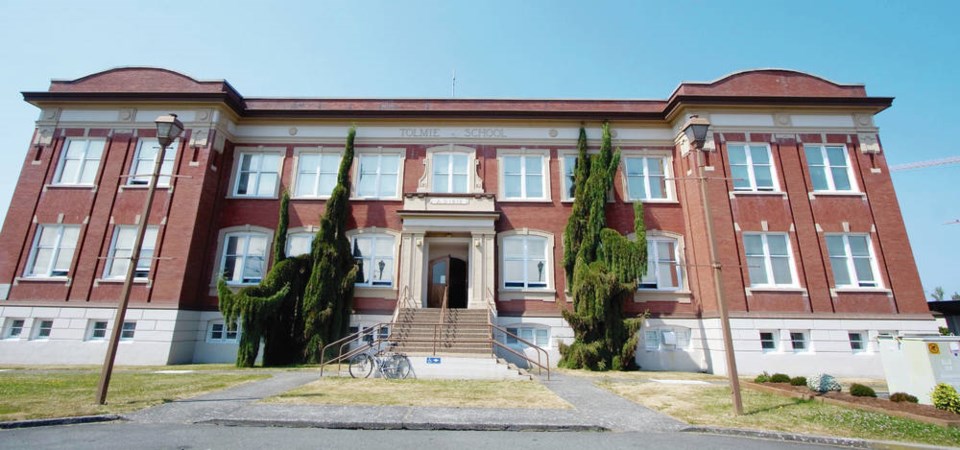Facing a $7-million deficit in the year ahead, the Greater Victoria School Board is proposing, among other things, to cut a large part of its music program.
Specifically, as I read the draft budget, the following cuts are under consideration: $1 million from middle school band, $304,023 from middle school strings, $213,662 from elementary school strings, $16,132 from Oak Bay District ukulele, and $12,402 from the district’s fine arts program. Those savings total roughly $1.5 million.
I say “as I read the draft budget,” because it’s one of the more confusing documents I’ve seen, and despite numerous requests for clarification, no one from the school board got back to me.
Finance staffers in government call this kind of offering an example of the Washington Monument Syndrome. That term gained fame when the U.S. National Park Service was asked to economize and in response, proposed closing the Washington Monument.
The idea was to prove how financially strapped the agency must already be, if such difficult measures had to be taken.
I have a better idea. Let’s cut where it doesn’t hurt.
Start with head office. There you have a superintendent taking home $238,560, a deputy superintendent who gets $218,810, and two associate superintendents making, respectively, $199, 920 and $189,560. These figures include benefits and pension contributions.
This is gross overstaffing. So eliminate both associate superintendent positions and you save a shade under $390,000, or roughly 25 per cent of the required amount.
Next, in addition to the 47 principals employed by the board, do we really need 47 vice-principals? Some of the district’s schools are quite small.
Lakehill Elementary has just 15 teachers. Craigflower has only 10. Surely some of those vice-principal jobs could be surrendered. Cutting just five would save around $500,000.
Then we come to administrative services, like human resources, purchasing, building maintenance and so on.
I count four senior managers in the board’s H.R. department alone, earning in total just over $400,000. Surely some economies could be found here.
But that raises a wider concern. There are three school boards in Greater Victoria, each with its own separate bureaucracy.
Yet if the COVID-19 pandemic has taught us anything, it’s that most office work can be done remotely or at a distance.
I’m not proposing merging the boards. Life is too short to head down that road.
But there is absolutely no reason why large chunks of their overhead and administrative services couldn’t be consolidated.
The Greater Victoria School Board spends around $17 million on support staff. Saanich spends around $8 million. Sooke spends approximately $10 million, making a total of $35 million devoted to broadly overlapping tasks.
Surely this is the time for some serious nettle grasping. It’s unconscionable that programs like music and literacy support for young pupils are on the chopping block, while a triplicate bureaucracy survives unaltered.
It may be argued that cuts of the kind I’m suggesting won’t result in immediate savings, because severance payments will have to be made.
But the same is true of the board’s own proposals, which contemplate numerous layoffs.
So let’s stop fiddling around and fix the real problem — a local school system that values turf protection more than helping kids get ahead.



